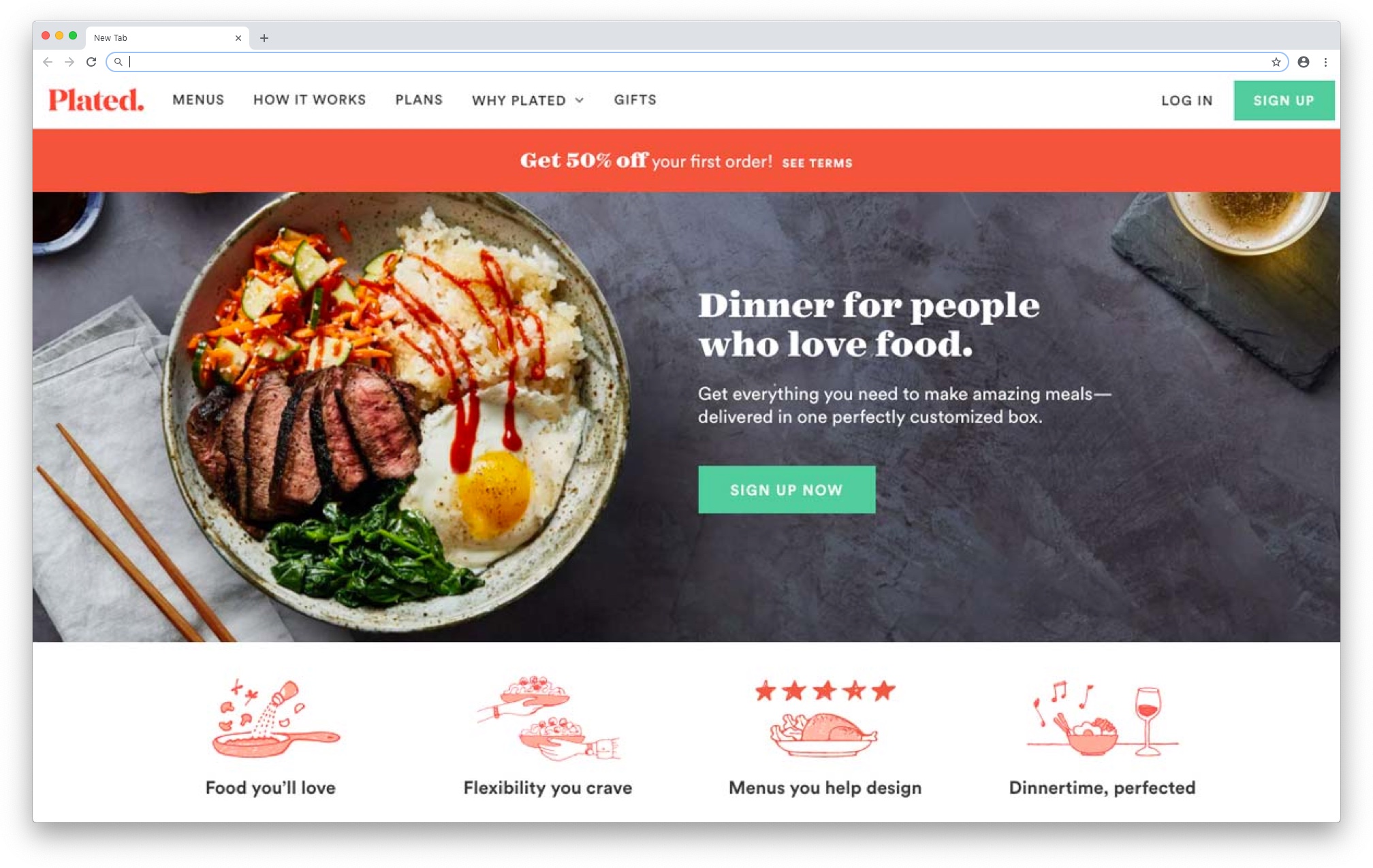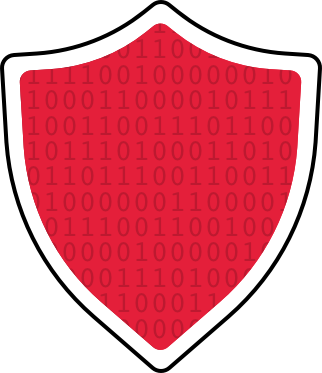VULNERABILIdades
¿Sabe cómo detectar si un sitio web es de confianza o no? ¡Para muchas personas este proceso implica un gran esfuerzo y tampoco tienen la garantía de que el resultado es cierto al 100%! ¡Pero estamos aquí para ayudarles! En las siguientes imágenes se le presentarán los elementos más importantes de un sitio web al que deben prestar atención. Comprobarlos siempre es la forma más segura de proteger su información personal.

1. PÁGINA WEB
- La página tiene la misma apariencia que la que conozco: nítida, con buena gramática y
ortografía, junto con un profesionalismo general. - Por otro lado, si se trata de un nuevo sitio web, debería prestar atención a todos detalles. Los
sitios web reales invierten mucho en su diseño y no tienen errores de ortografía, ni imágenes de baja calidad.

2. LINK
- El sitio web tiene una dirección URL, un dominio web, que coincide con su nombre comercial o su marca.
- Además, las principales páginas web tienen el icono del candado en la parte superior izquierda del navegador justo antes de la dirección URL. Es una señal importante de seguridad. Si utiliza Google Chrome, el navegador revisa las características del sitio web con el fin de proporcionarle el estado de seguridad. Si hace clic en el ícono de candado, debería ver un mensaje indicando que “La conexión es segura”.

3. formulario de inicio de sesión o registro
- ¿Qué tipo de información me están solicitando? ¿Debo proporcionar las credenciales habituales o es información adicional como datos de tarjeta de crédito o números de identificación personal?
- Los sitios web legítimos deben solicitar el mínimo de informaciones personales e indicando en sus políticas de privacidad el uso que darán a los datos.
4. ‘ACERCA DE’ página
- Este apartado es muy importante.
- La página de información de la compañía y sobre todo los datos de contacto revelan mucho sobre el sitio web. Casi todas las páginas de confianza deben tener una sección de contacto y detallar la actividad de la empresa, sus productos y/o servicios.

Verifique quién es dueño del sitio web
La buena noticia es que todos los sitios web tienen un registro que incluye los datos del propietario del dominio y puede consultarlo en línea a través de www.whois.com. El servicio es completamente gratuito y proporcionará suficientes detalles para desacreditar un sitio web sospechoso.
Lea comentarios en línea
Una buena idea es comprobar si hay información acerca de la empresa o el dominio en Internet utilizando el buscador Google o similares. Existe la posibilidad de que alguien haya tenido incidencias y lo haya reportado. Es una forma fácil de descubrir si un sitio web fue utilizado para casos de estafa. Es muy recomendable realizar este paso si compra en una página por primera vez.
